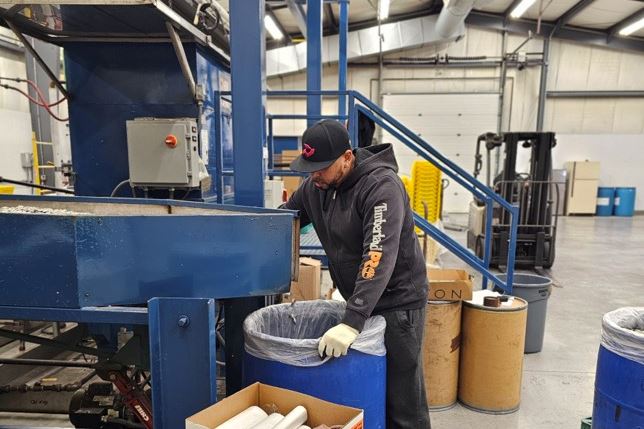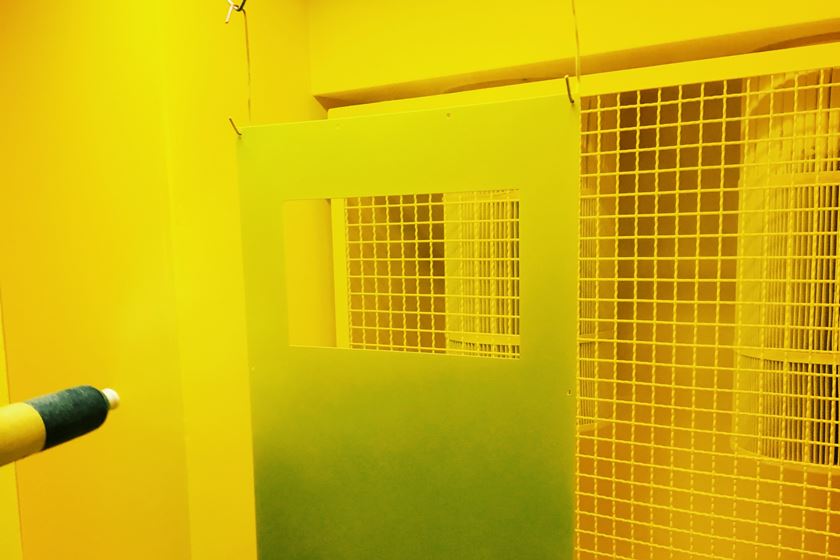Learn Essentials of Surface Texture, Tribology at Michigan Short Course
Two-day course on related to surface roughness, wear, finish and friction October 30-31 in Livonia, Michigan.
Michigan Metrology will host a two-day course on ‘Essentials of Surface Texture and Tribology’ related to surface roughness, wear, finish and friction October 30-31 in Livonia, Michigan.
“This course is designed for scientists, engineers and technicians working in automotive, aerospace, materials, polymers and other fields,” says Don Cohen, Ph.D., who will be leading the two-day workshop. “We have seen a great desire in recent years for more education in surface metrology and tribology. This class offers material to benefit both relative novices and advanced metrology users to further their understanding of these essential topics.”
Featured Content
The course material will include:
- Measuring roughness, waviness and form
- Introduction to surface measurement instruments
- How to correctly set filters for texture measurements
- An overview of data analysis techniques and tools
- Definitions and applications of surface texture parameters
- Techniques for specifying surface texture
- Relating surface texture to wear, sealing, leaks and other functionality
- Surface energy, adhesion and texture
- The mechanics of dry sliding
- Characterizing rolling friction
- The fundamentals of lubrication
In addition to classroom sessions, the workshop will include hands-on training with surface measurement and tribology instruments from Bruker Corporation and other companies. Attendees are encouraged to bring one or two samples to measure, in order to address their specific metrology requirements and challenges.
Download the registration form at michmet.com/classes.htm, call 1-866-953-5030 or email info@michmet.com.
RELATED CONTENT
-
Cleaning, Pretreatment to Meet Medical Specs ISO 13485 or FDA 21 CFR820
Maximilian Kessler from SurTec explains new practices for industrial parts cleaning, metal pretreatment and decorative electroplating in the medical device industry.
-
Zinc Electroplating
Choosing the best process for your operation.
-
What is the Correct Anodizing Specification?
My company fabricates aluminum and steel pedestrian bridge railing among other bridge parts. We recently got an aluminum railing job that called for “Type I” anodizing per MIL-A-8625. There was no anodic coating thickness called out. We are not anodizers and we are at a loss as to how to write up a meaningful anodizing specification for this railing.


















